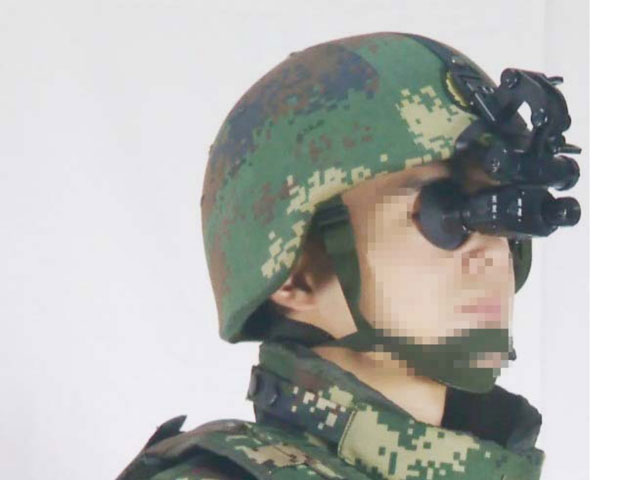
With the development of the second generation of night vision devices, with the development of technology, the third generation of night vision devices was developed in the 1990s. Among them, the AN/PVS-14, which is most commonly seen in game movies
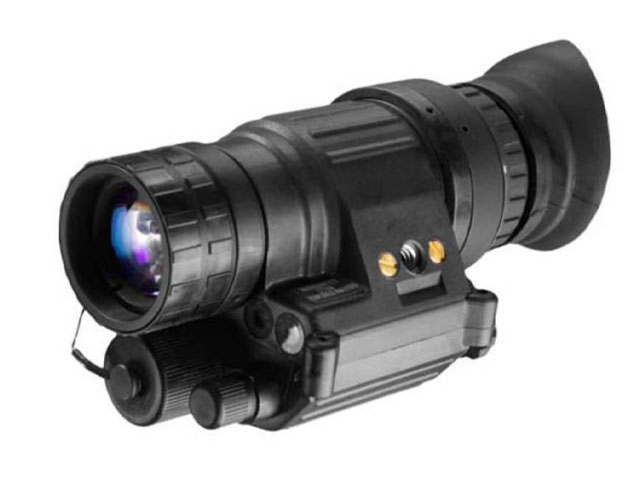
This third-generation low-light night vision device has been greatly improved in size and weight, so it can be directly installed on various tactical helmets, which is more convenient and flexible. AN/PVS-14 has been in service since 2000. It has played a very crucial role in major conflicts and special operations. At the same time, modern low-light night vision devices also have the active infrared light function mentioned in the previous section, which is generally not used, but if it is really dark, you can watch everything. In the case of invisible caves, etc., if a little light cannot magnify the night vision device, you can use infrared lights to assist. However, you can find out by looking at the principle of low-light night vision devices, amplifying the weak light. Many people have found a situation in games and movies, that is, in the dark night, you can see well with night vision goggles, but suddenly the enemy turns on the headlights and creates a large light source. Isn't that the normal light? Bigger, blind people wearing night vision goggles, will this happen?
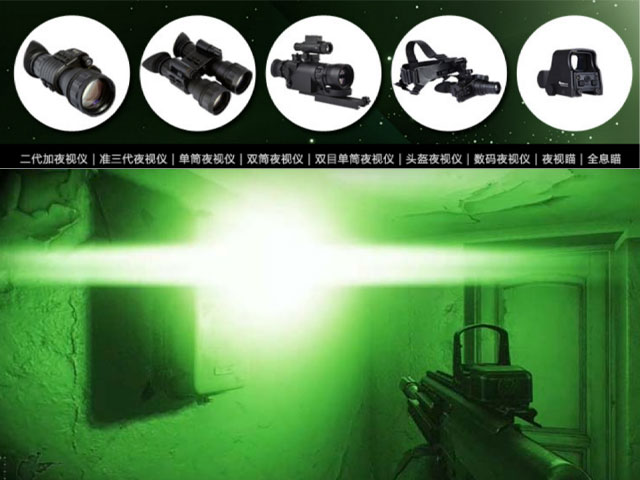
Old-fashioned or early low-light night vision goggles do have this situation. Suddenly encountering strong light will cause the night vision goggles to burn out, but today's more advanced military night vision goggles will not, because modern equipment increases A design with strong light protection. In case of strong light, the night vision device will automatically adjust the automatic gate valve and lower the light level to produce an anti-interference effect. If the light is too bright, it will also force an automatic shutdown to protect the user's eyes and equipment.
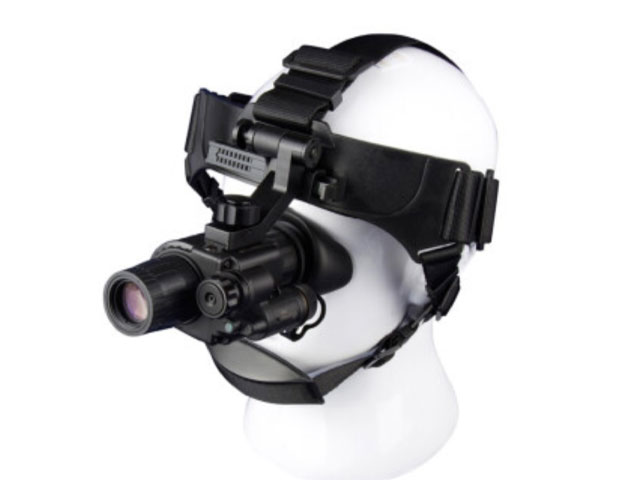

Next, I think many people are very confused. Why is the night vision device basically looking green?

When soldiers use night vision goggles for a long time, the green screen can relieve eye fatigue to a certain extent. It is the same as often saying to look at green leaves to protect eyes. I just made it up, in fact, night vision goggles not only have green The screen also has a brownish-yellow screen or a blue-gray screen. The reason why the night vision device will show a green screen is because the core component of the night vision device is called an image intensifier tube.
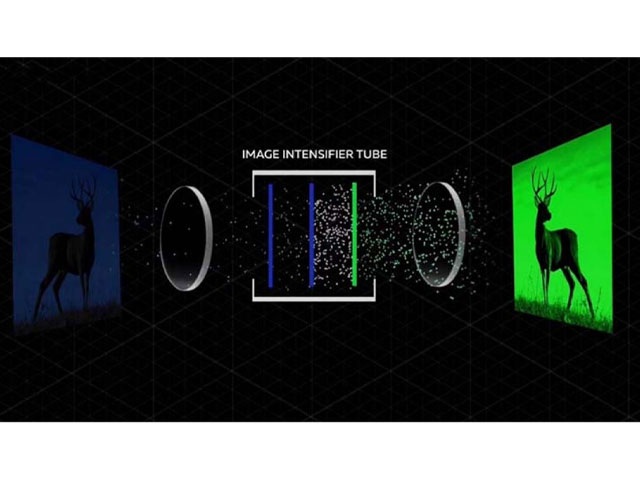
The intensifier tube converts the received weak light into an electron beam, and after enhanced amplification, bombards the phosphor to produce the effect of afterglow, and this phosphor usually uses zinc sulfide first, and other afterglow effects are not very good, and may also produce smear, screen flicker, etc., and this zinc sulfide phosphor emits green light.
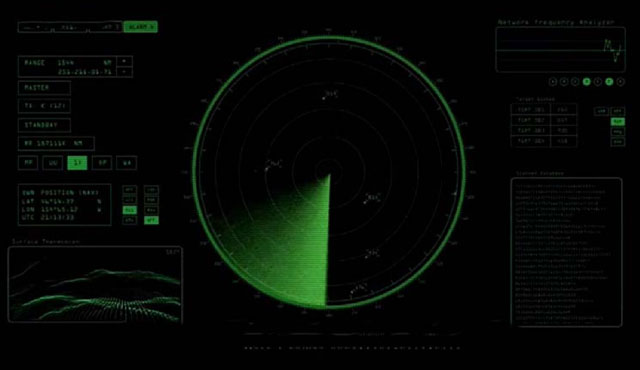
At the same time, the early radars, oscilloscopes, etc. are also green because they all use zinc sulfide phosphors, so it seems that night vision devices are generally green for this reason. However, night vision devices are not only green, but also use white phosphorous tubes.

This bluish-gray color can be seen in images produced using a white phosphorous tube. This color is closer to a black and white image, which can rely on the contrast to a certain extent to enhance the recognition ability of objects, and can maintain the same screen sensitivity as green phosphors; in addition to green night vision devices and black and white night vision devices, there are What about no color night vision goggles? The United States has come up with an x27 full-color night vision device, known as the fourth-generation night vision device.
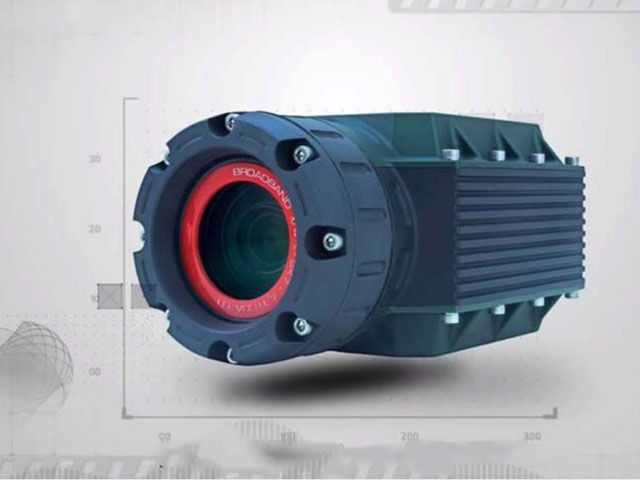
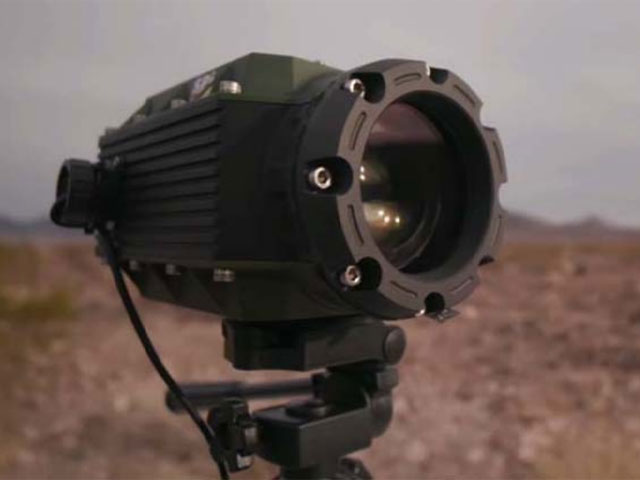
This thing can present a full-color image that is basically the same as the daytime in the dark. Does it look very powerful? In fact, it is not that good. Its working principle is very similar to that of a camera, which is different from the previous low-light night vision device. The intensifier, x27 full-color night vision device is to hit the amplified electrons on a special CMOS inside, and then generate a full-color image through algorithmic noise reduction.
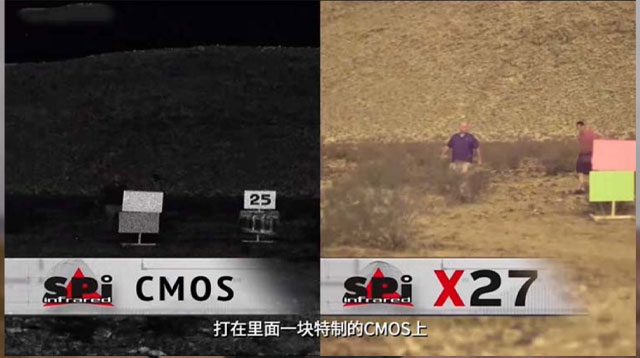
This thing is not so much a night vision device as it is a multi-functional camera. At present, it seems that there are many gimmicks. Although this x27 is not good, its full-color night vision is definitely a key development direction in the future; this x27 is not good, Another "four-eye night vision device" is not very strong, in fact, the so-called "four-eye night vision device" is called GPNVG-18, the full name is "ground panoramic night vision device"
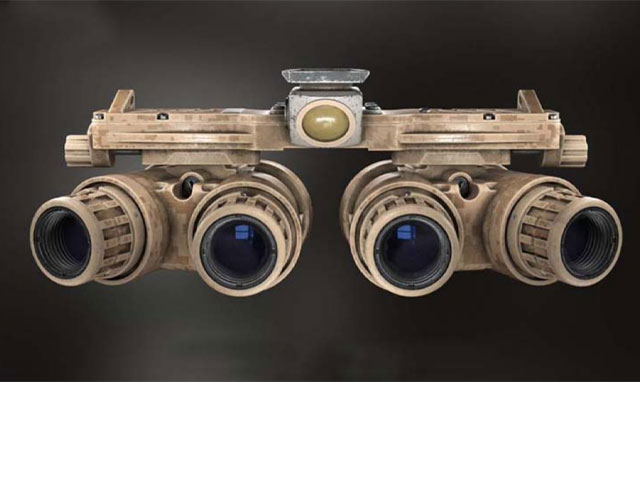
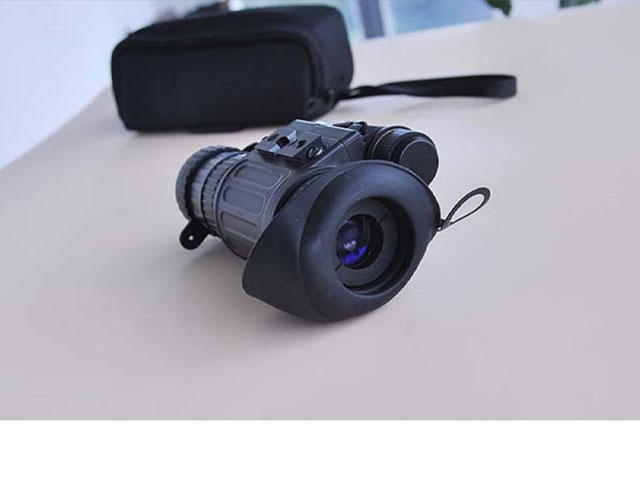
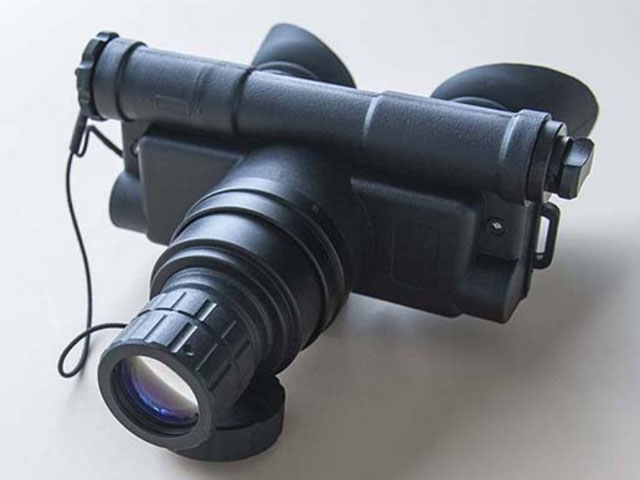

The essential difference between them lies in the limitation of the size of the field of view. The display area of the monocular night vision device is so large, and the surroundings are all dark. You have to keep turning your head to find something, while the panoramic night vision device has a few fields of view. The sum of the tubes can reach 97°, and the 120°, which is closer to the normal viewing angle of the human eye, can basically achieve no blind spots and blind spots, and can better cope with military operations. Such night vision goggles are worn by the seals in the 2011 hunt for bin Laden (movie).
It just looks very handsome, a bit like a future soldier, but this thing is to add a few more tubes to widen the field of view and there is no special high-tech thing. Now the more powerful night vision device is AN/PSQ-20
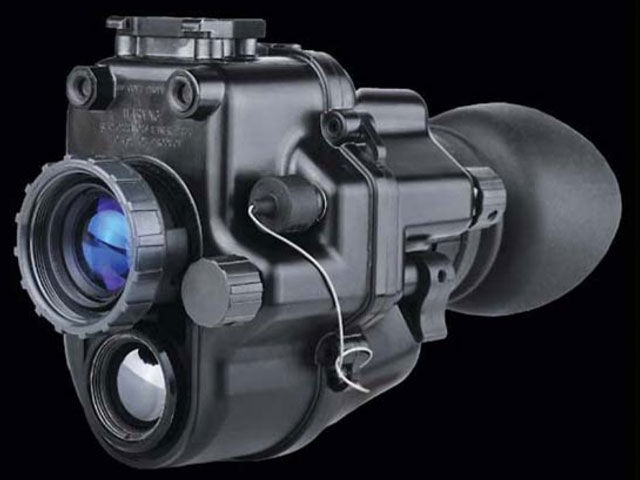
Even if this thing is simply a night vision device, he can switch to thermal imaging mode, and if he simply switches to night imaging mode, he can also combine the advantages of the two to make it almost as good as the night. Like opening and hanging, the target can be found very conspicuously.
